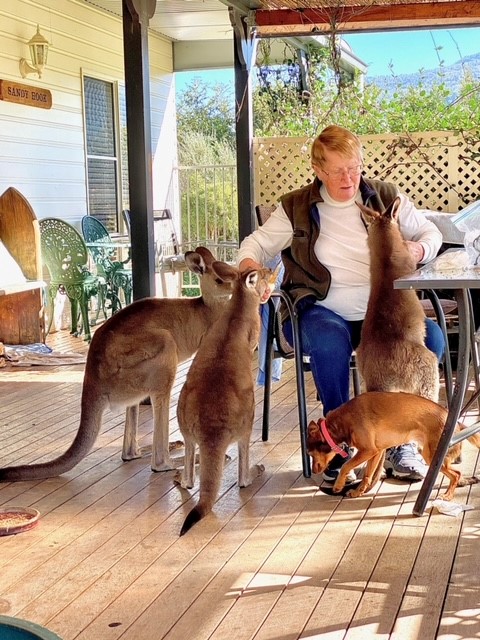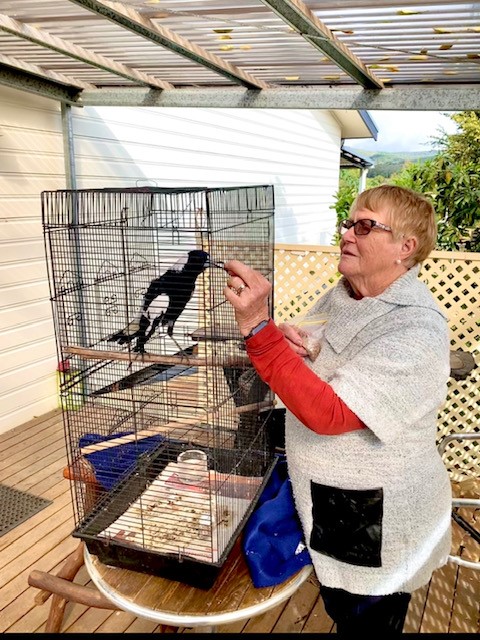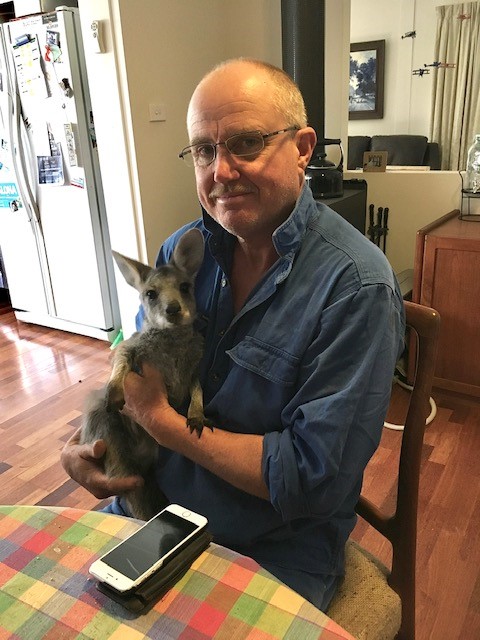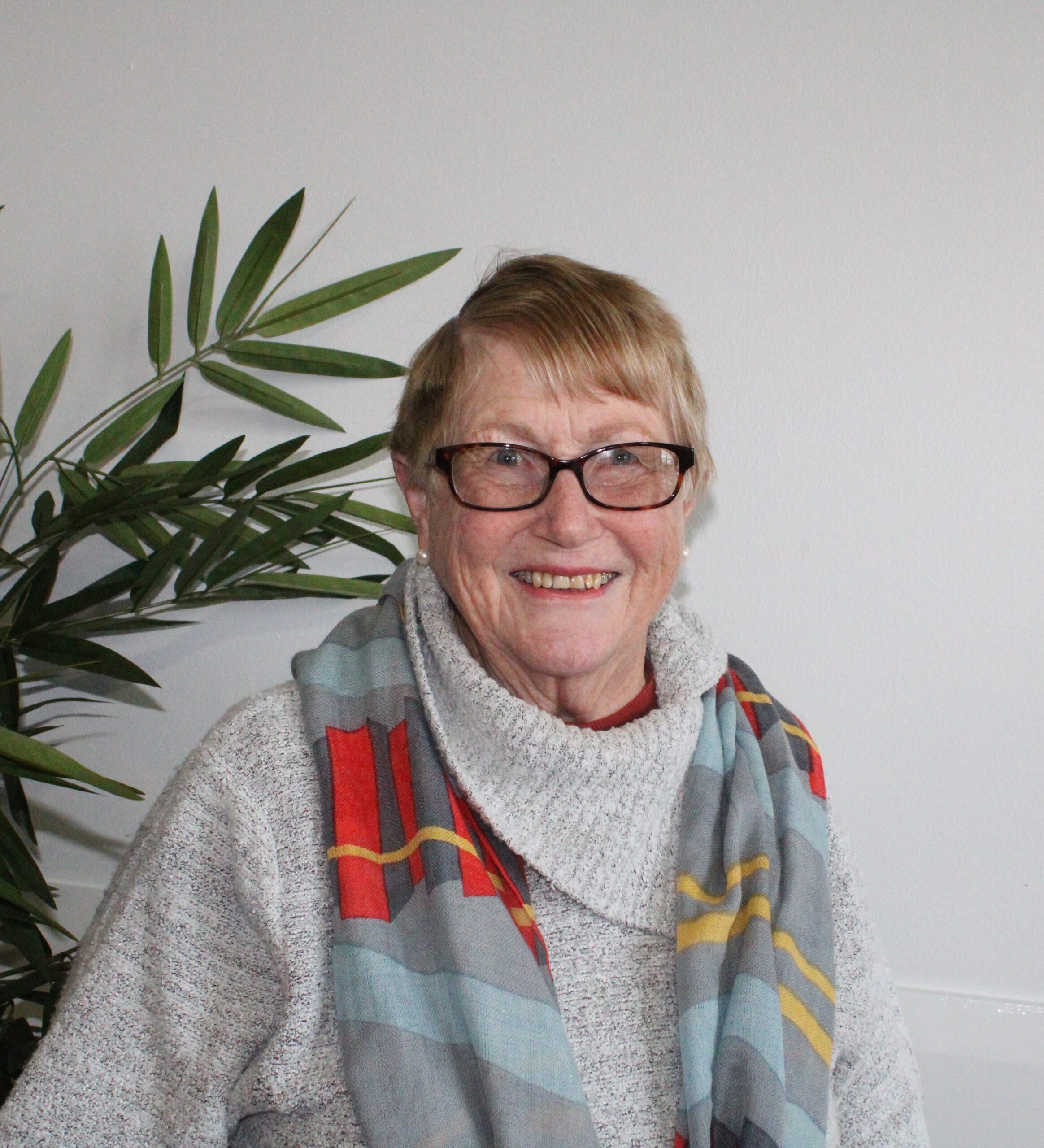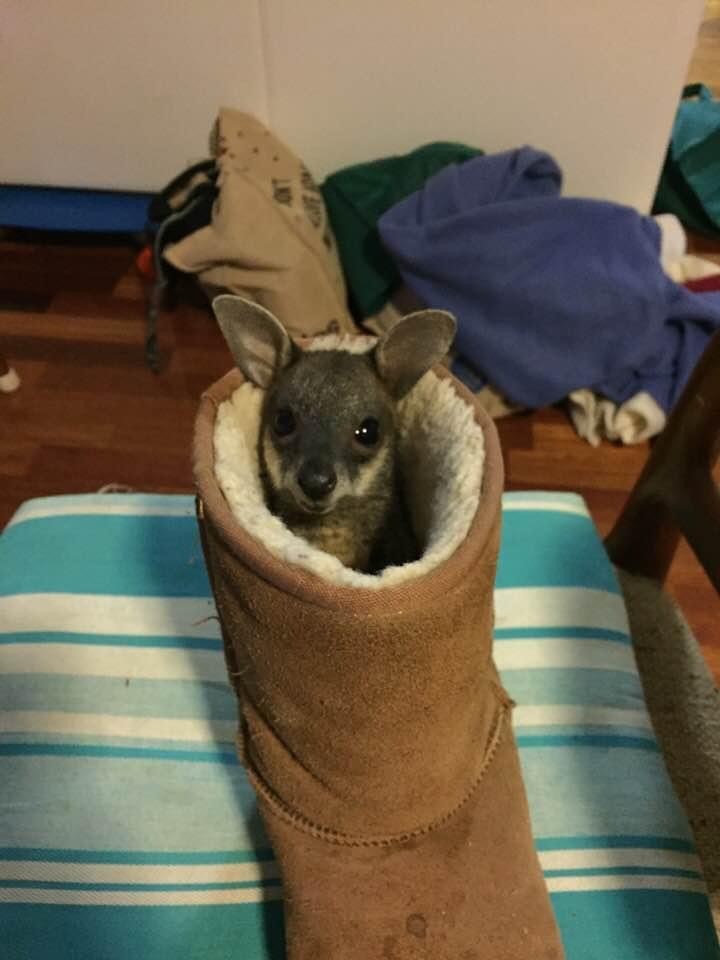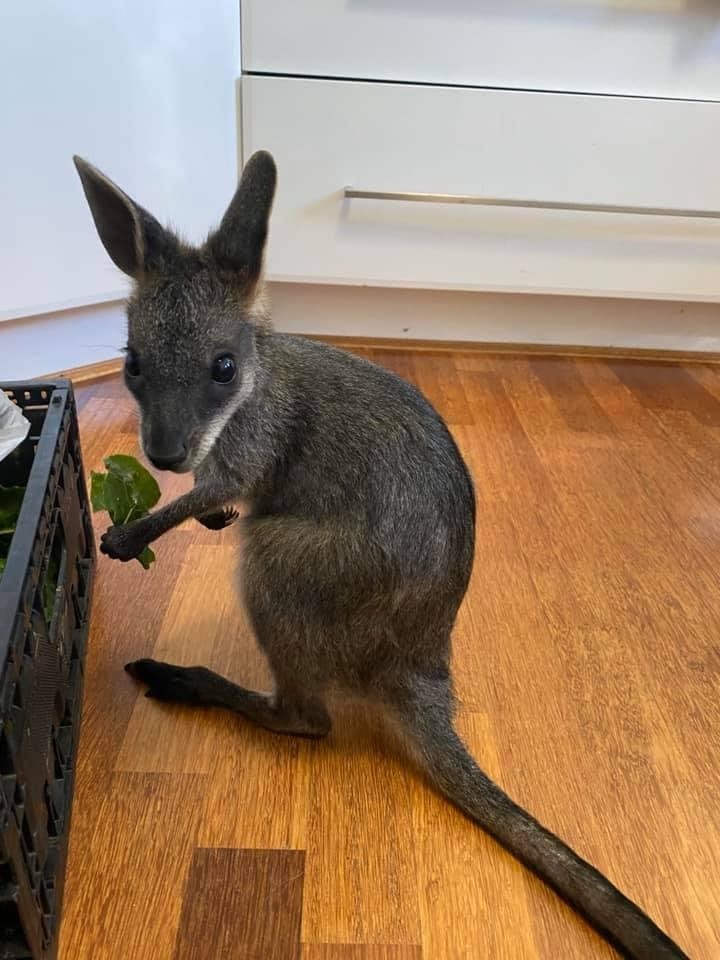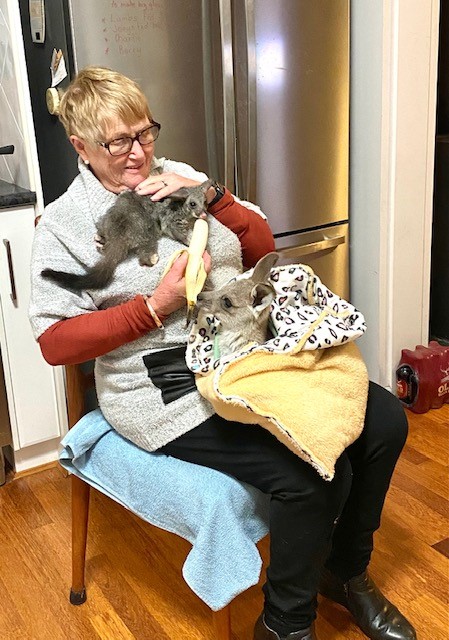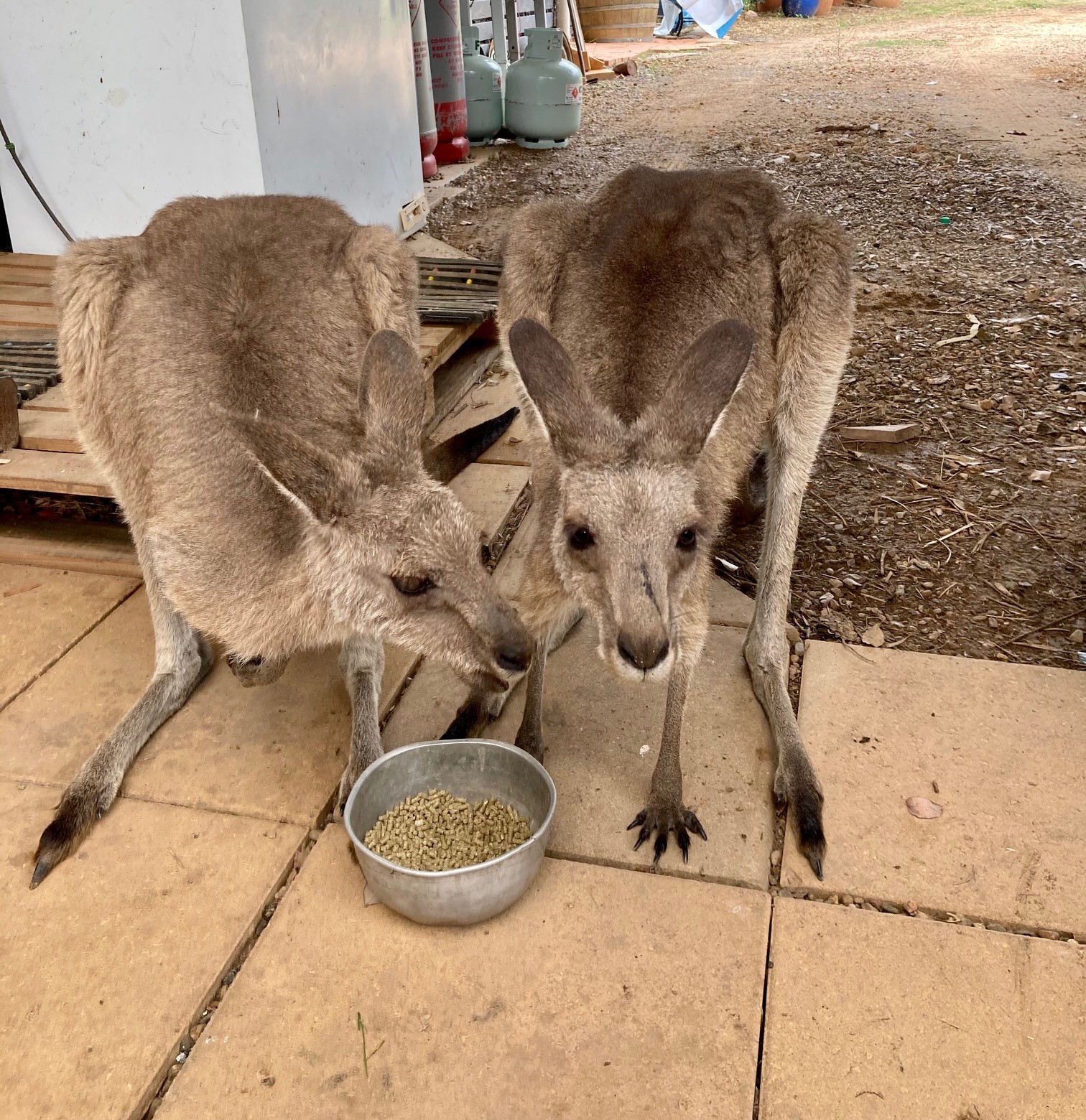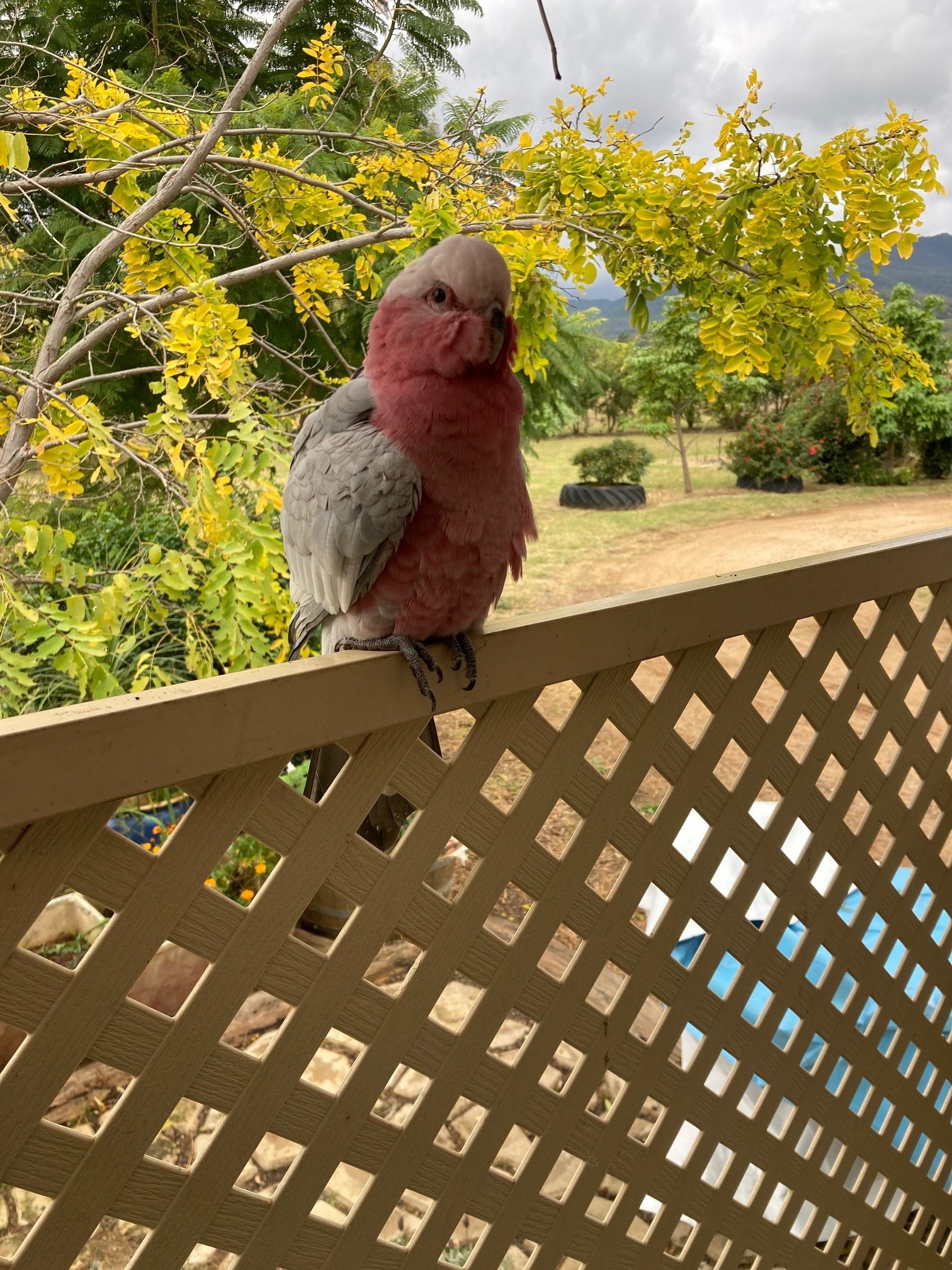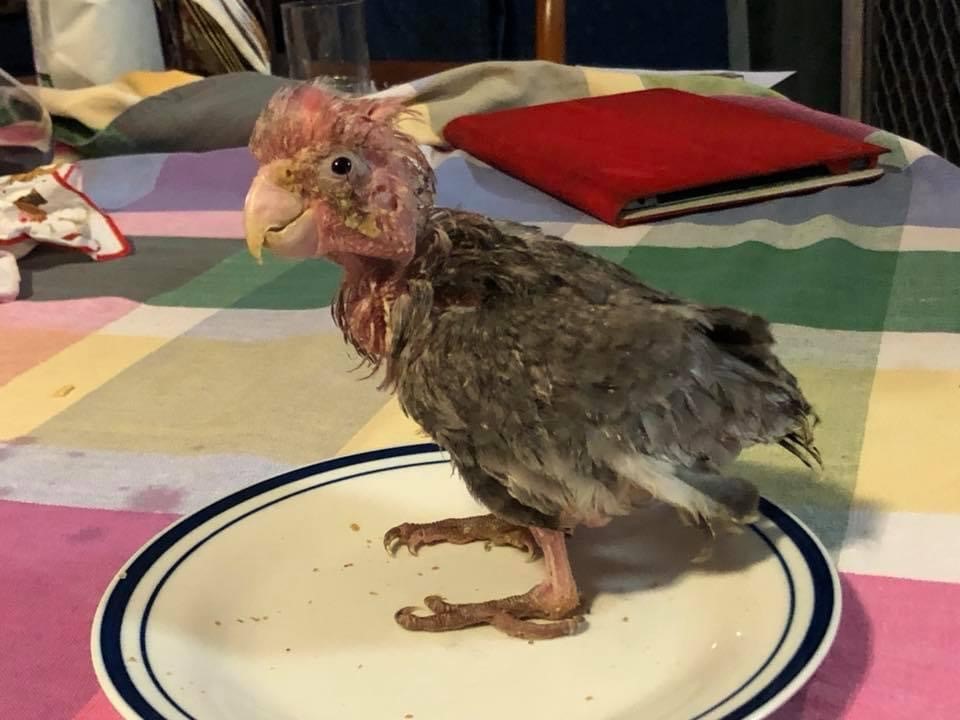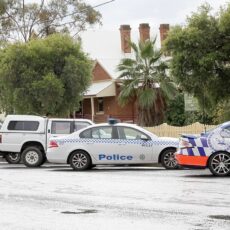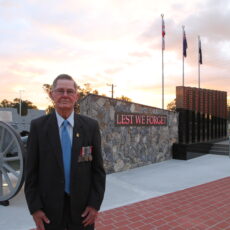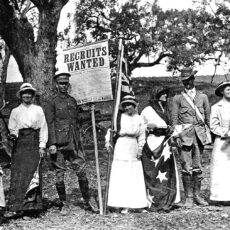It is a well-known fact that if we ever come across a sick, injured or orphaned native animal in the bush, we should contact WIRES, a wildlife rescue operation which runs 28 branches throughout NSW with over 3000 volunteers state-wide.
Receiving hundreds of thousands of telephone calls annually, WIRES works to ensure the wellbeing of our wildlife.
WIRES trains its volunteers in safe rescue and ongoing care practices until such time as wildlife can be eventually set free into the bush, releasing animals back to their original locations if practical to do so.
Five and half years ago, Narrabri resident Kath Hamilton, who has for her entire life, held a fondness and fascination for animals, was delivered an orphaned young wallaroo by son-in-law Darrell.
“What should we do with this?” was the question that set Kath on the path of what is today, an animal sanctuary at the foothills of the Kaputar mountains near Killarney Gap.
It was not until Kath made an enquiry to WIRES about the correct formula to use, that she realised that to be undertaking this rescue mission she should be legally registered as a WIRES volunteer.
Kath then set about taking a course with WIRES to make things official.
This registration course is regularly updated to keep abreast of safe rescue, handling, feeding and care practices.
Contacting WIRES to obtain a case number and seeking veterinary help to check over the animal are also important steps in the process.
Some of us may not realise that it is against the law to rescue and raise orphaned wild animals without this legal accreditation, as improper rescue and handling can cause unnecessary pain and distress in untrained hands.
This principle applies to most native birds, with the exception of birds that are prolific in our area such as cockatoos and galahs.
With injured birds it is important to either contact a local vet or WIRES for advice.
Birds with broken wings will find themselves unable to heal as the delicate nature of the bone structure in the wing is nearly impossible to repair.
For 365 days a year, 24 hours a day, Kath, along with the WIRES network of call centres and volunteer carers, works tirelessly with animals of all kinds.
Messages come through via the phone with a case number, location, and description of incident.
These incidents are documented on the WIRES’ database and care details are recorded through to conclusion.
This database contributes to ongoing recommendations and training sessions.
Among Kath’s young protégées is Maggie, a magpie with a broken wing who is happy to hop around Kath’s verandah and yard and stay close by for feed times, as well as Marshmallow, the galah, Petal, the baby possum, Magdalene Hop’along, the baby kangaroo, and Emily and Edward, two young joeys who are on the point of soft release.
Very young animals such as Petal and Magdalene are kept in a heated pouch all year round keeping their temperature constant and kept away from household activity in a quiet spot.
This is an important element as very young orphans can easily be stressed and can die from stress if this aspect of care is not properly given.
For critical care patients, there are two WIRES volunteers with humidicribs in Tamworth and Bendemeer.
Most animals gradually mature and move away from the home, although sometimes not very far!
Spider, a female kangaroo raised by Kath, still returns to the front door every afternoon.
She brings her young joey and arrives just on cue for feed time.
Kath has ‘roo’ pellets on hand to keep Spider happy.
However, one afternoon while Kath was bottle feeding Emily and Edward, Spider insisted on having some too, nosing her way in for some formula.
Kath recalls the comical sight of Spider’s tiny joey looking up from the pouch as if she were thinking, “Mum, what on earth are you doing?”
Kath finds herself mixing up litres of bottles of different formulas every day.
There are different formulas required for lambs, possums, young joeys and older joeys.
Not all rescues go to plan.
Kath recalls a critical call out from WIRES which involved six baby emu chicks running along the Kamilaroi Highway at the Turrawan Road junction, reported by a traveller passing through who left and kept driving.
The call-out message stated they were around 15cm tall.
When Kath investigated further, she found the chicks were not contained at all, running amok and were in fact 50cm tall, she reported back to WIRES that she could hardly be expected to run around the paddocks and roadside trying to catch them!
Needless to say, this call-out was rejected.
A very much-loved cockatoo, named Jimmy Boy, lived with Kath and was nursed back to health when suffering from a broken leg.
A bird with a broken leg should not be released until it is able to perch again.
Jimmy Boy stuck around the farm, and was an entertaining character, often flying off to find Kath’s son, Richard and partner Darrell carrying out farm work in the paddocks.
He always knew exactly where they were.
One day, however, to Kath’s surprise, he disappeared and didn’t come back.
Calling into neighbour Pat’s home for a cup of coffee one day, Kath was surprised with the news that Pat “has a new cockatoo – but he’s got a funny leg”.
Upon looking outside, sure enough – it was Jimmy Boy, now known as ‘Dicky Foot’, happily ensconced at his new home.
To this day, he hasn’t returned and still lives on Pat’s property.
Animals and birds alike, once matured or healed, often wander off to set up camp elsewhere, but do not venture very far from their sanctuary home.
Three baby kookaburras who were nursed from very young just before the point of becoming fledglings, eventually flew away and set up home on the boundary of ‘West End’ and neighbouring property ‘Morara’.
It is a testament to Kath Hamilton’s kind, nurturing nature that these animals form a bond they are unwilling to break.
“Ever since I was a little kid, taking my green frog ‘Freddy’ to school to show everyone and wishing that he was my pet, I have had an attachment to animals and wanted to surround myself with them.
“It is so rewarding when a native animal I’ve reared becomes independent and is able to leave me to live in its own natural environment”.
Which just goes to show, there couldn’t be a more perfect person for the role.
Read more stories like this:
- National Parks and Wildlife Service granted a major funding boost
- Emergency action kept endangered species alive
- AWC reports a Bilby baby boom
